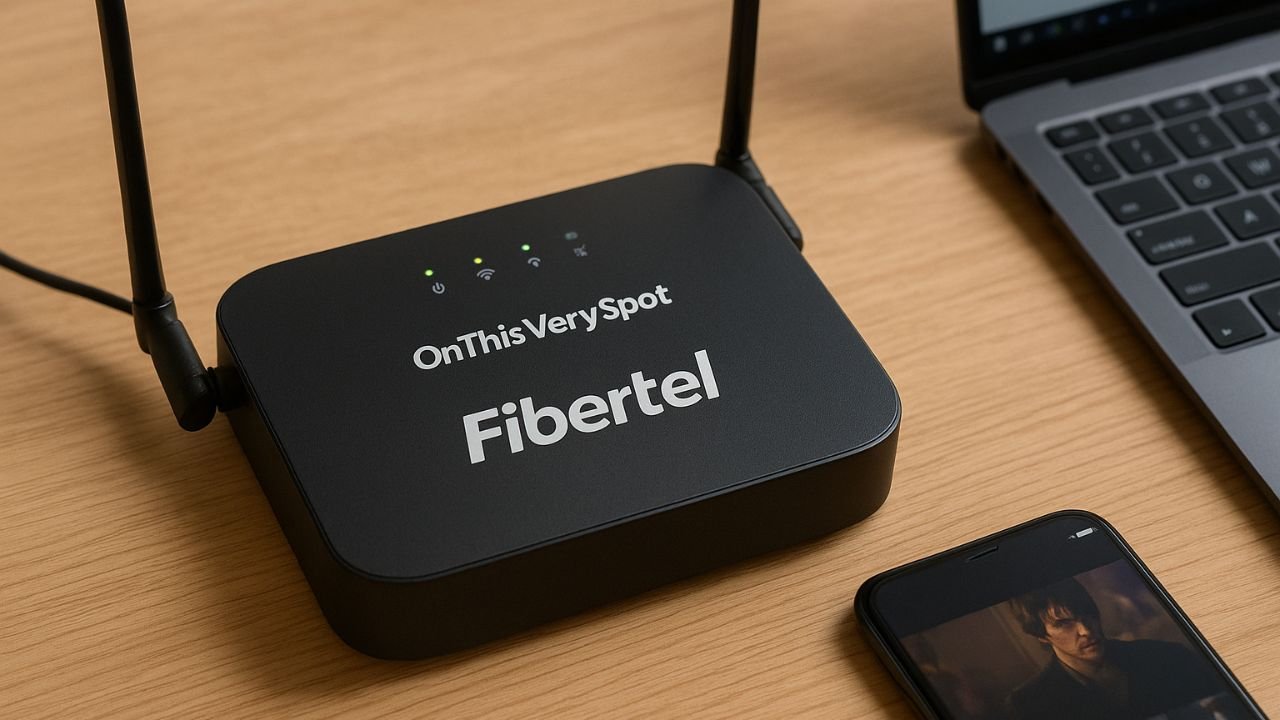Why Accessible Mental Health Services Matter
Access delayed is often recovery denied. Local care cuts through the sluggish drag of waiting lists and long commutes, translating urgency into action. A 2022 National Institute of Mental Health survey found that individuals with providers less than 15 miles away were 40% more likely to stay consistent in treatment after six months compared to those relying on distant services. Proximity erases logistical friction. Familiar settings lower emotional resistance. People follow through when care is woven into their daily geography rather than spiraling somewhere far outside their routine. In mental health, engagement is fragile. Letting stale logistics erode commitment is a costly mistake.
Identifying Local Mental Health Resources
Start with dense, high-utility sources. Community health boards, library bulletin listings, and regional nonprofit coalitions offer vetted names and contact points. Online directories from reputable associations narrow the field further. Don’t trust a single outlet. Compare lists. Call a few offices. Map them onto your neighborhood patterns to spot practical options. The goal is a curated set of leads, not a sprawling spreadsheet of random names. Depth beats volume in the early search stage.
Assessing the Quality of Nearby Support Options
Credentials matter. Specialization matters more when symptoms call for targeted expertise. Years in practice signal stability but look deeper into training recency. Membership in respected professional bodies tends to indicate ongoing standards compliance. Scan both client reviews and peer endorsements. Read beyond the five-star fluff. Vague praise means little without specifics about effectiveness or rapport. Resist the habit of judging quality by star count alone. This is not a coffee shop search.
Using Digital Platforms to Pinpoint Local Services
Geolocation filters in health directories shave wasted hours off your search. Telehealth toggles help you find hybrid or remote-first providers who still practice locally. Integrated booking tools spare you the volley of phone tag. Previewing practitioners via video introductions clarifies fit before committing energy to a full intake. Never ignore privacy settings or encryption protocols when sharing sensitive data online. A provider’s tech presence is as much a reflection of professionalism as their resume.
Overcoming Common Obstacles to Local Support
Stigma still sours willingness to seek help. Confront it directly by normalizing frank conversations about care with trusted peers. Busy schedules are negotiable with evening appointments or telehealth sessions that stitch into your commute breaks. Transportation hiccups may be mitigated by community rideshare programs or sliding-scale home visits. Ask outright about financial flexibility to avoid silent dropout. Accessibility is not a side note. Make it a condition from day one when vetting a provider.
Finding Immediate Assistance in Your Community
When urgent guidance is needed, users can search for mental health help near me to connect directly to professional resources.
Maximizing Your First Appointment with Local Professionals
Arrive with a symptom log that highlights patterns over time. Include medications, dosages, and any recent changes. Have a tight list of personal goals that still leaves room for discovery. Expect honest adjustments rather than instant breakthroughs. Bring written questions to prevent losing focus under pressure. The more your provider sees you as a prepared and forthright collaborator, the sharper the trajectory from session one.
Expanding Your Emotional Support Network Locally
Peer-run circles in libraries, wellness fairs at civic centers, and arts-based therapy meetups bolster connection without the formality of clinical care. Mindfulness gatherings over coffee can patch emotional gaps between sessions. Neighborhood volunteer coordination builds meaning while embedding you in reciprocal bonds. These nonclinical nodes strengthen resilience through shared presence, not staged intervention.
Charting Your Next Steps in Community-Based Well-being
Revisit your directory of trusted contacts regularly to weed out inactive leads. Keep pulse on local workshop calendars for fresh channels of support. Find one or two accountability partners to maintain momentum. The aim is active stewardship of your mental health landscape. In the architecture of recovery, staying engaged is the load-bearing wall.



